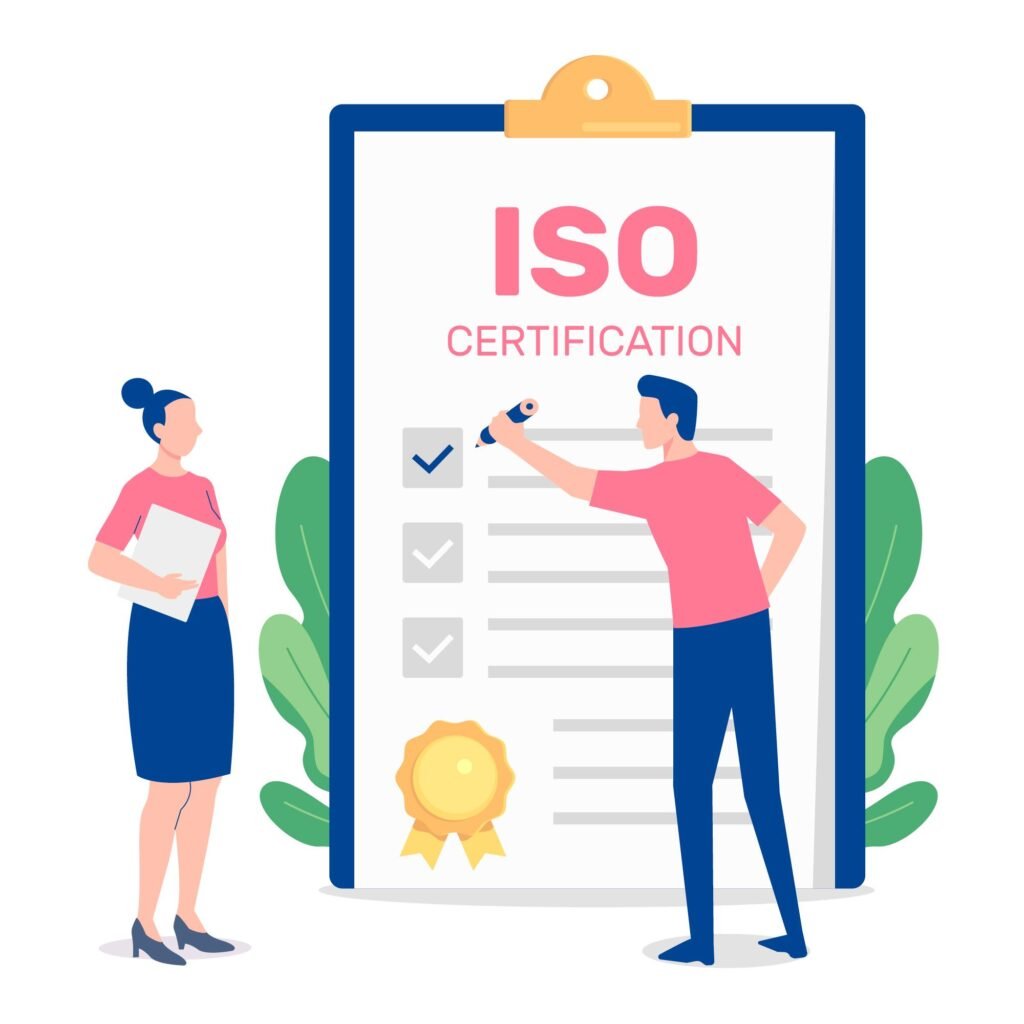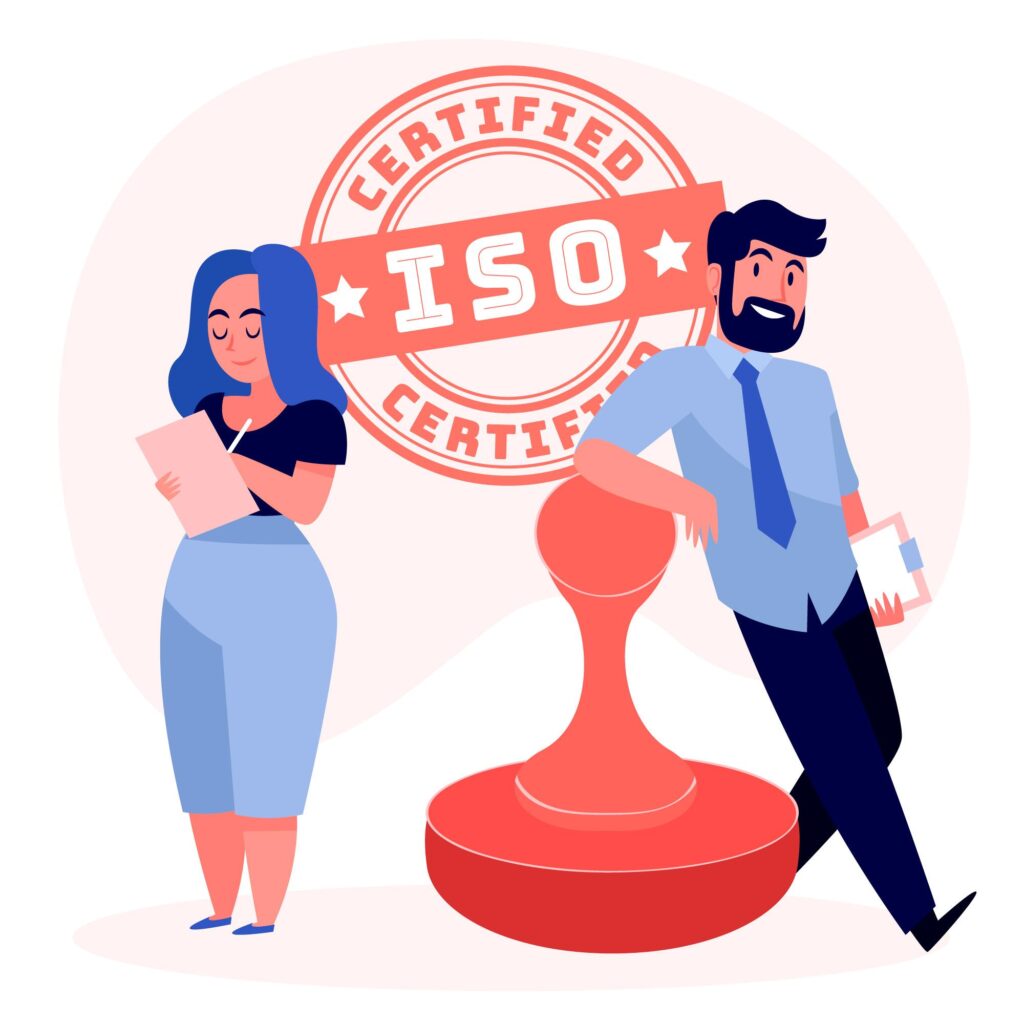As of my last knowledge update in January 2022, I don’t have specific information about “qualitcert” or its services. However, I can provide you with a general overview of the process for obtaining ISO 13485 certification in Australia. The actual procedures may vary depending on the certification body, in this case, qualitcert. It’s important to contact them directly for the most accurate and up-to-date information. Here’s a general guide on obtaining ISO 13485 certification:
- Contact Qualitcert: Reach out to qualitcert directly through their official channels, which could include their website, contact forms, or direct communication via email or phone.
- Inquiry and Preliminary Assessment: Discuss your organization’s interest in obtaining ISO 13485 certification with qualitcert. They may conduct a preliminary assessment to understand your current quality management system (QMS) and the scope of your medical device manufacturing or distribution activities.
- Training (if required): Qualitcert may provide training sessions on ISO 13485 requirements. This is especially important for organizations that are new to ISO 13485 or need to ensure that their staff is well-versed in the standard.
- Gap Analysis: Conduct a gap analysis to identify any areas in your current processes that need improvement to meet ISO 13485 standards. This step helps in determining the steps necessary for compliance.
- Quality Management System Development: Develop and implement a comprehensive quality management system (QMS) based on the requirements of ISO 13485. This involves creating and documenting procedures, processes, and controls related to the manufacture and distribution of medical devices.
- Documentation: Prepare and maintain documentation that demonstrates your organization’s compliance with ISO 13485 requirements. This includes the quality manual, procedures, records, and other relevant documents.
- Internal Audits: Conduct internal audits to ensure that your QMS is effective and being followed as planned. This step helps identify any areas for improvement before the official certification audit.
- Certification Audit: Schedule and undergo a certification audit by qualitcert. During the audit, a qualified auditor will review your QMS documentation, processes, and records to ensure compliance with ISO 13485 standards.
- Certification Issuance: If your organization successfully meets the requirements during the certification audit, qualitcert will issue the ISO 13485 certification. The certification may be valid for a specified period, and periodic surveillance audits may be required to maintain certification.
It’s crucial to communicate directly with qualitcert to understand their specific processes, fees, and any additional requirements they may have for ISO 13485 certification in Australia. Additionally, ensure that qualitcert is recognized and accredited by relevant bodies for providing ISO 13485 certification services.









